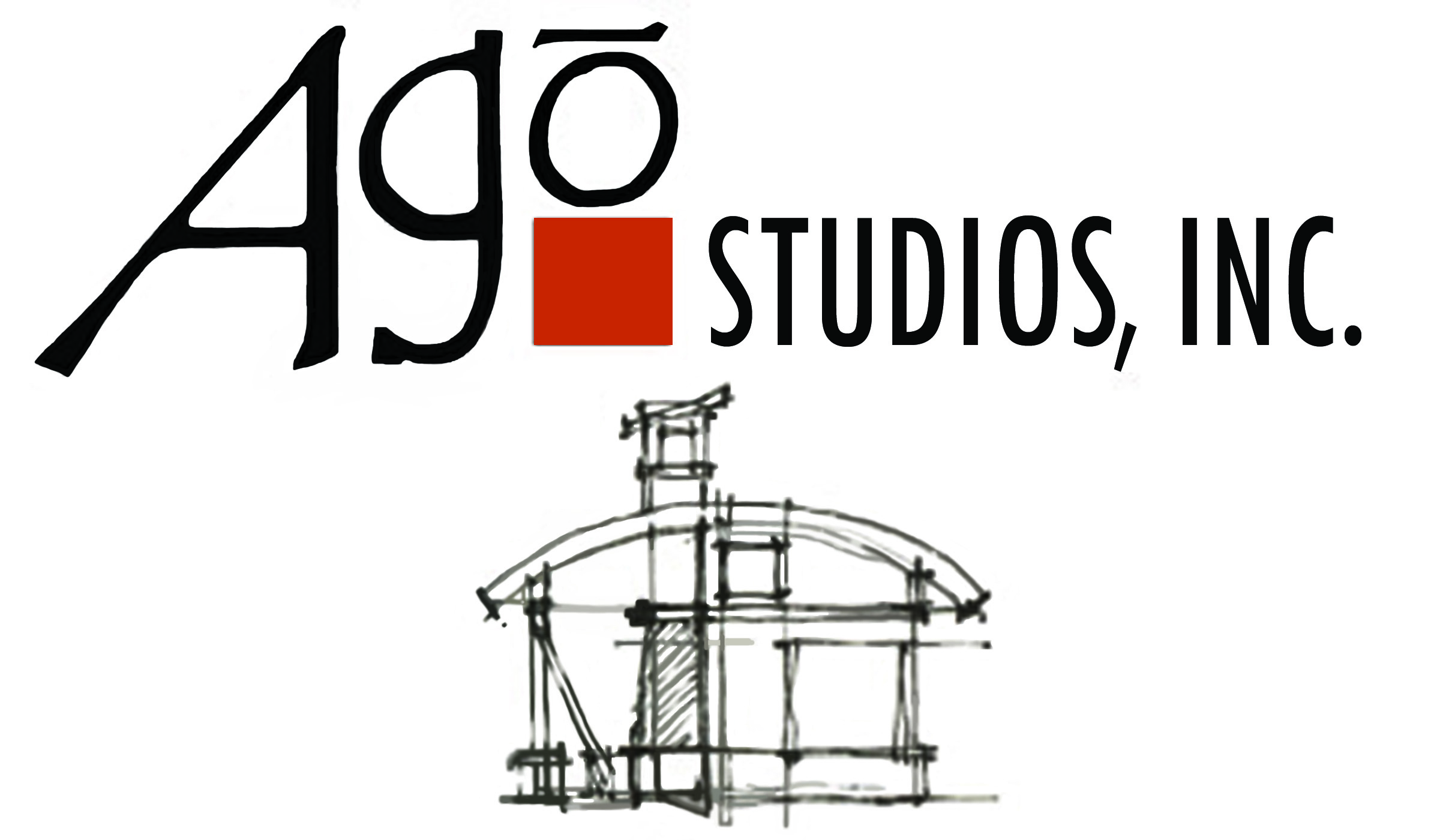CODES: PERFORMANCE V. PRESCRIPTIVE STRATEGIES
I've been working through a couple of different code processes lately, and the issue surfaces regularly of performance versus prescriptive.
Performance: Describing the desired outcome and letting a designer or applicant (owner) figure out how to arrive at the desired outcome.
Prescriptive: Describing the desired outcome and essentially creating a checklist on how to achieve the objective.
It is an interesting philosophical question.
On one side of the discussion is the argument of: I want to spend the least amount of money to develop my building / site / development - just tell me what I need to do to get it built...a prescriptive argument.
The other side: Don't tell us how to get there, let us figure it out. We have the intelligence, resources and capabilities to provide a very well designed, creative solution that meets the stated needs of the design goals...performance.
The performance side requires significant thought and discussion. This was evidenced in a recent discussion with the Town of Avon Community Development Department in review of the proposed new Land Use Code (LUC). I questioned the need for having design guidelines within the LUC which would prescribe things like 30% stone on all buildings. Instead, lets discuss what qualities and character we want in the buildings and then determine if we need to prescribe materials or let the owner/design team determine the appropriate design for their proposed structure. Once we determine what we want, then write guidelines that will allow us to get there.
Within the energy section of the new International Green Construction Code (IGCC) is the same argument: Prescriptive v. Performance. When we set prescriptive tables for window, wall and roof U-values they don't necessarily promote deep daylighting concepts, or management of plug loads on smaller buildings (less than 25,000 SF).
My conclusion is that performance is the best way to proceed. I understand there is more cost associated with the analysis and thus the design portion can be more resource intensive. The result, in my opinion, is better building performance, less consumption of resources, better design, higher quality spaces, and a higher quality more sustainable outcome.
CG
Performance: Describing the desired outcome and letting a designer or applicant (owner) figure out how to arrive at the desired outcome.
Prescriptive: Describing the desired outcome and essentially creating a checklist on how to achieve the objective.
It is an interesting philosophical question.
On one side of the discussion is the argument of: I want to spend the least amount of money to develop my building / site / development - just tell me what I need to do to get it built...a prescriptive argument.
The other side: Don't tell us how to get there, let us figure it out. We have the intelligence, resources and capabilities to provide a very well designed, creative solution that meets the stated needs of the design goals...performance.
The performance side requires significant thought and discussion. This was evidenced in a recent discussion with the Town of Avon Community Development Department in review of the proposed new Land Use Code (LUC). I questioned the need for having design guidelines within the LUC which would prescribe things like 30% stone on all buildings. Instead, lets discuss what qualities and character we want in the buildings and then determine if we need to prescribe materials or let the owner/design team determine the appropriate design for their proposed structure. Once we determine what we want, then write guidelines that will allow us to get there.
Within the energy section of the new International Green Construction Code (IGCC) is the same argument: Prescriptive v. Performance. When we set prescriptive tables for window, wall and roof U-values they don't necessarily promote deep daylighting concepts, or management of plug loads on smaller buildings (less than 25,000 SF).
My conclusion is that performance is the best way to proceed. I understand there is more cost associated with the analysis and thus the design portion can be more resource intensive. The result, in my opinion, is better building performance, less consumption of resources, better design, higher quality spaces, and a higher quality more sustainable outcome.
CG
